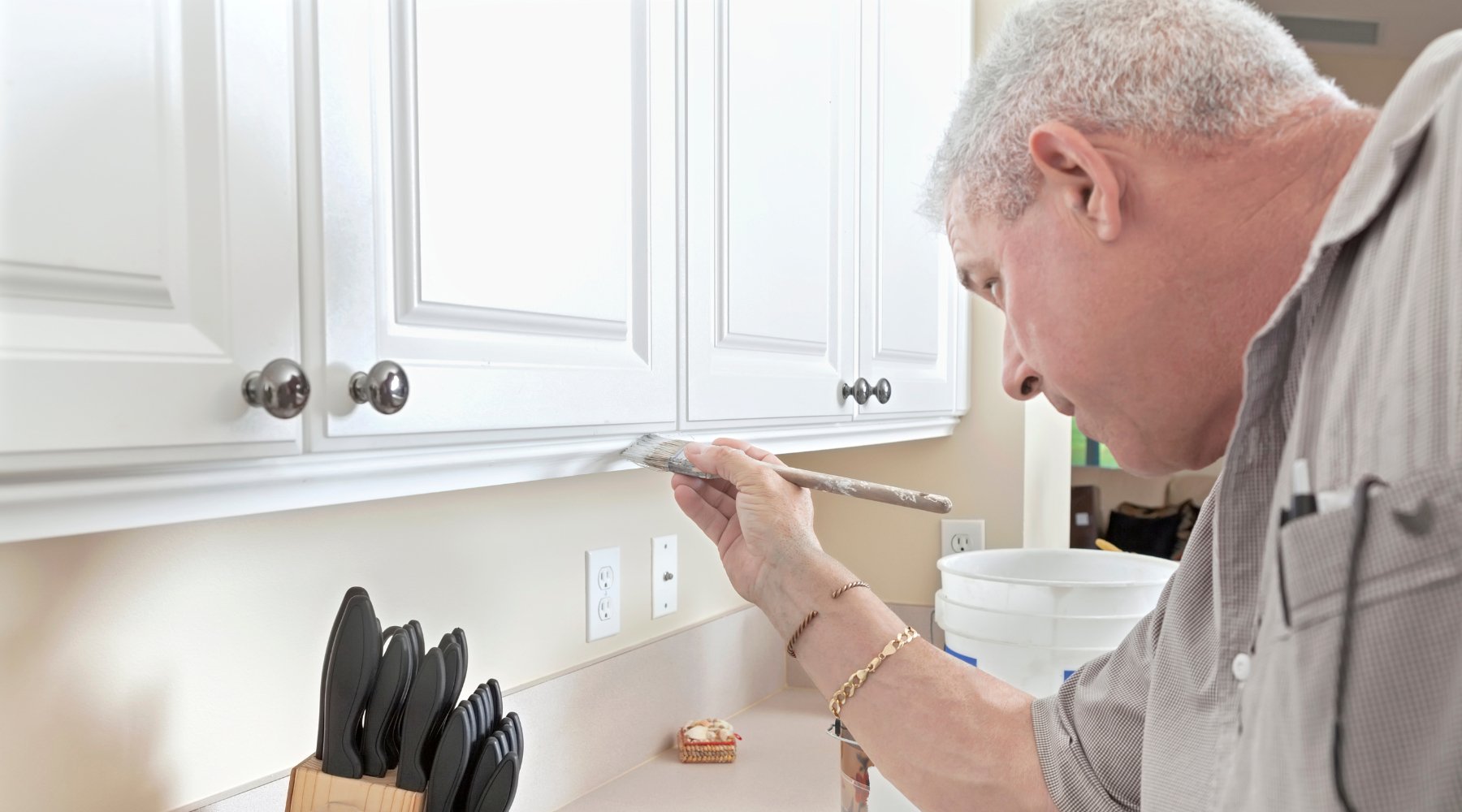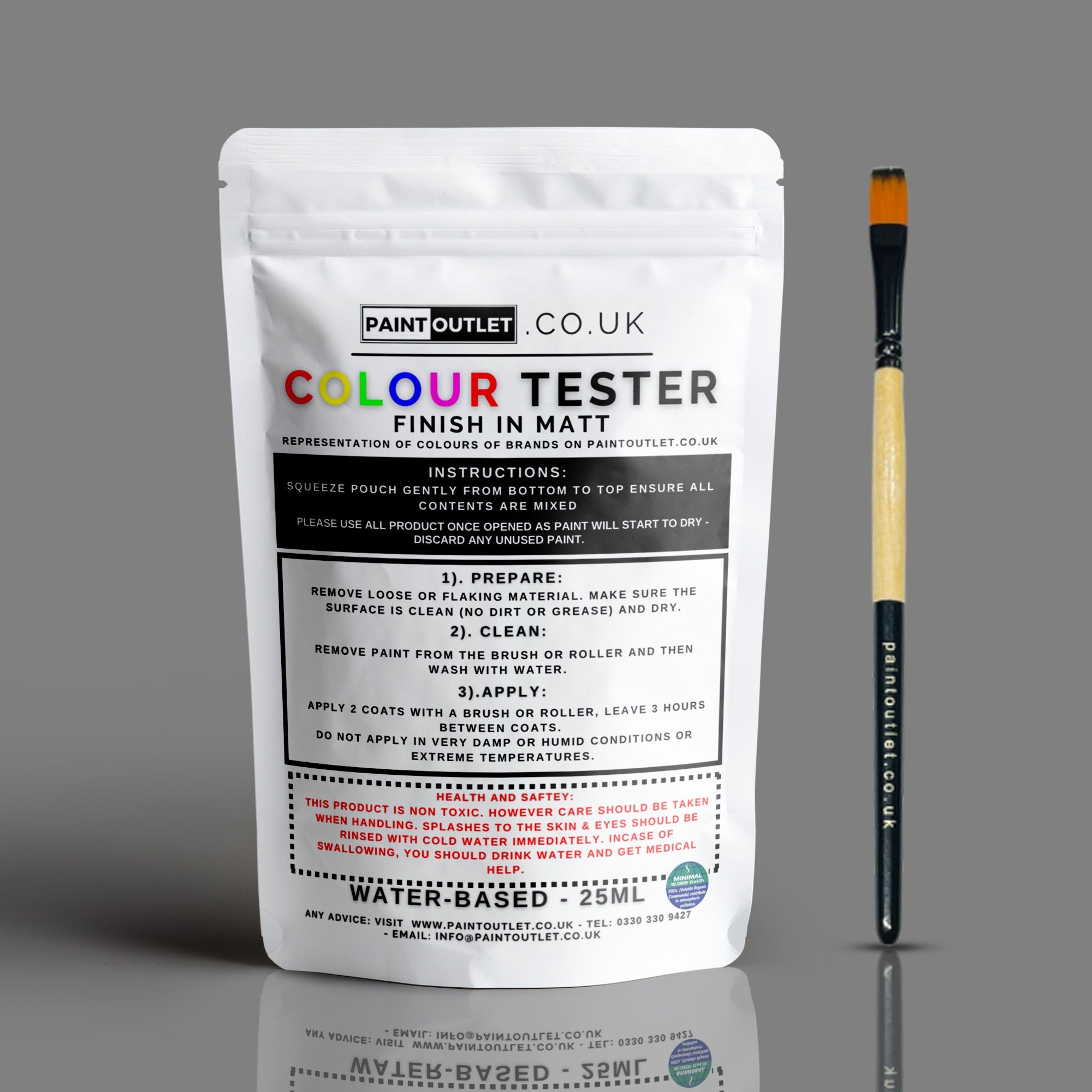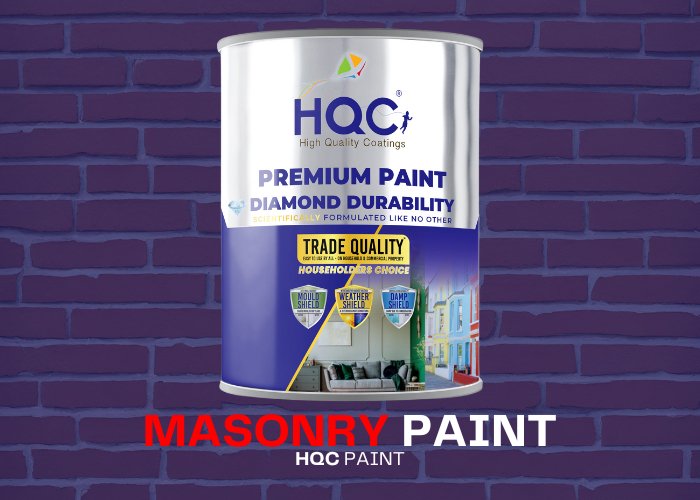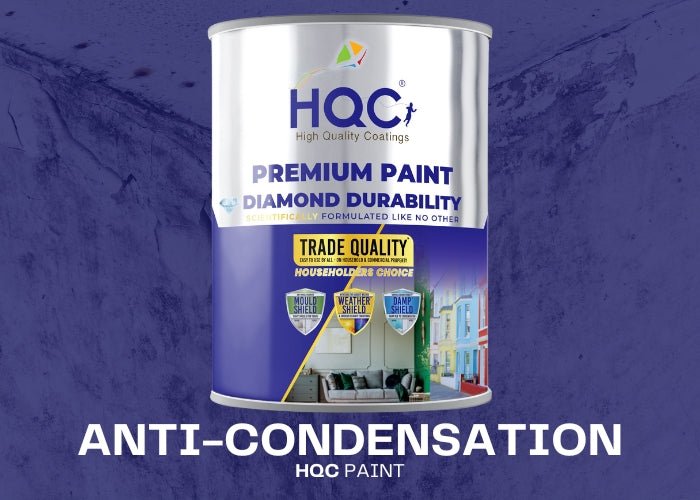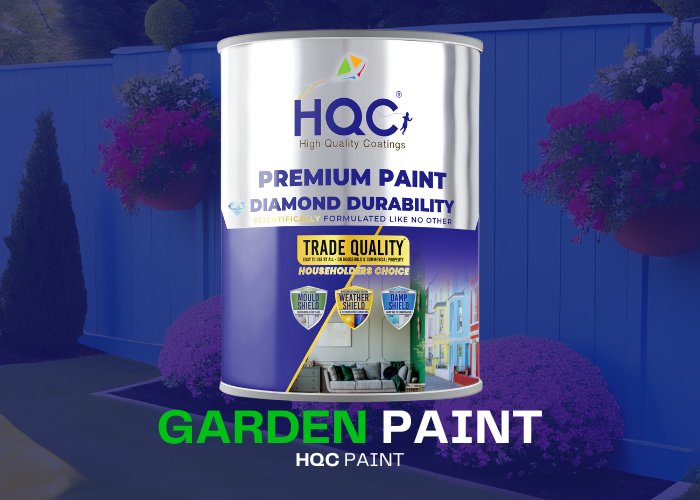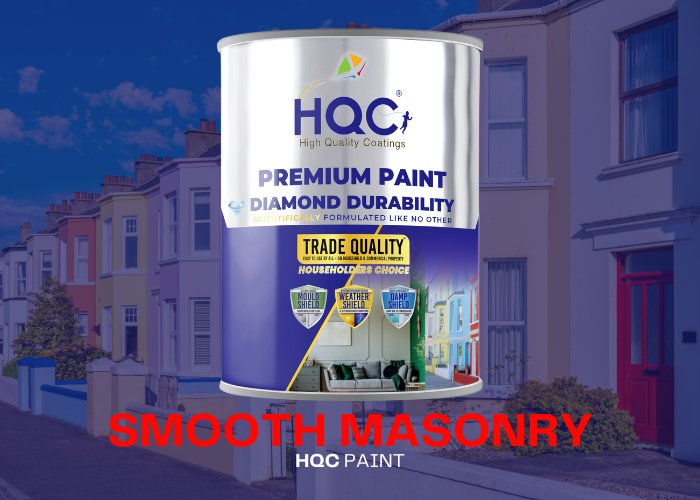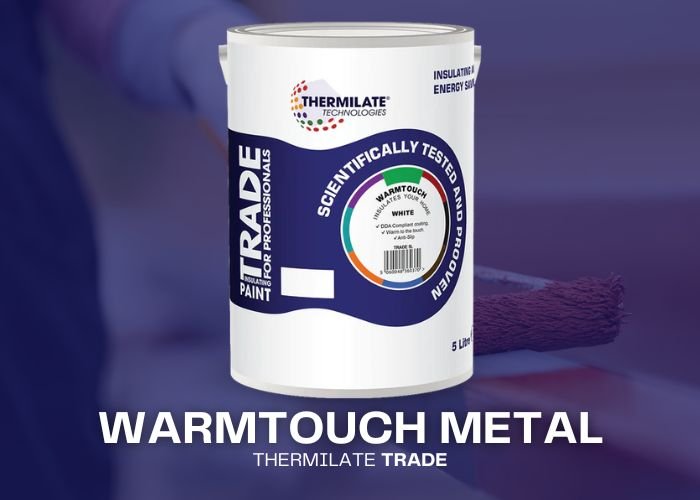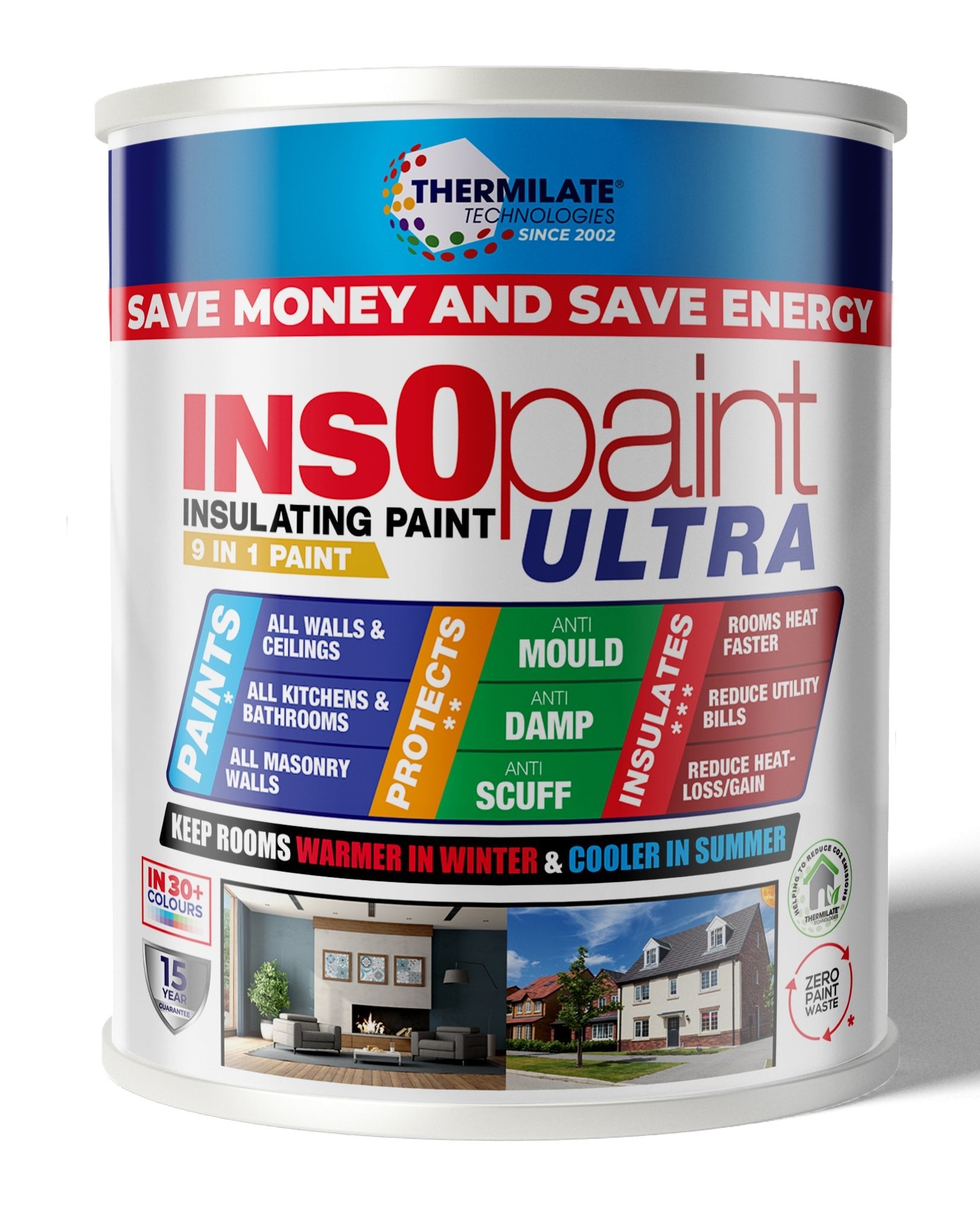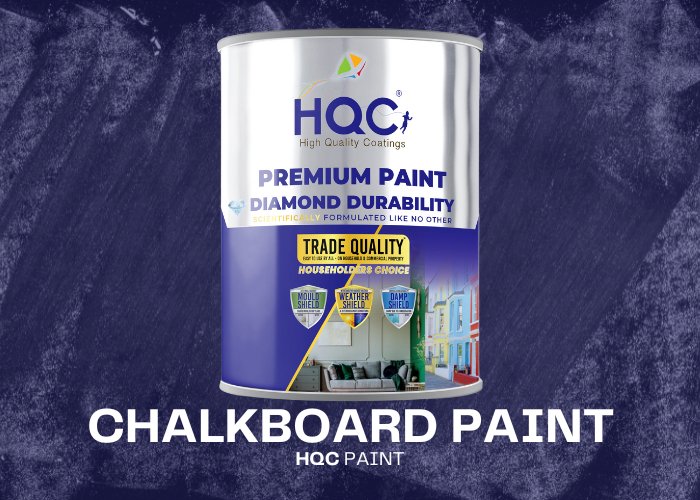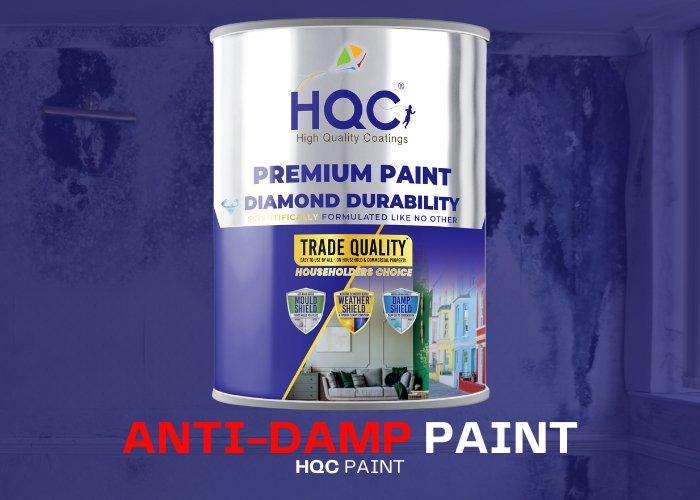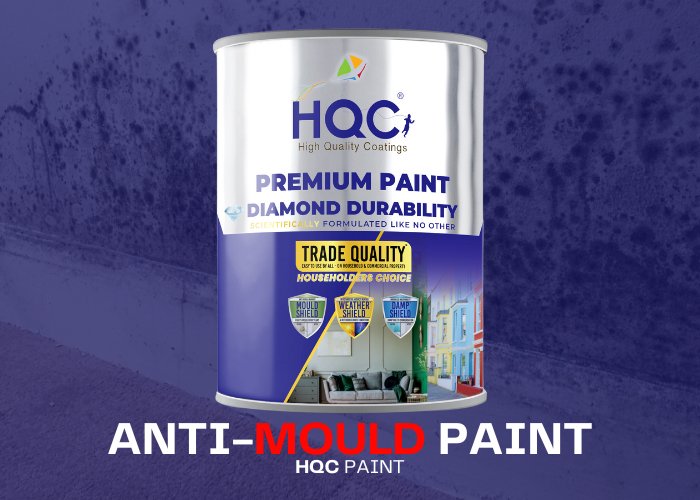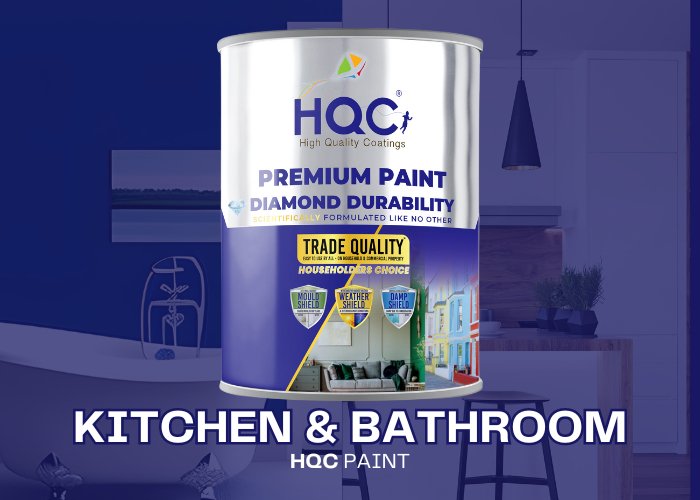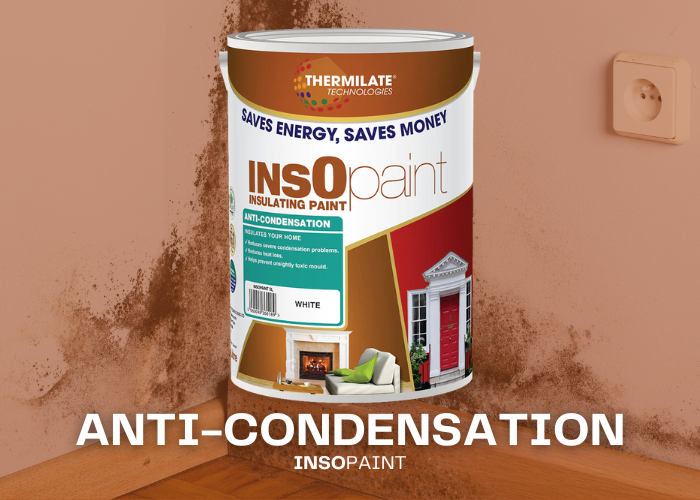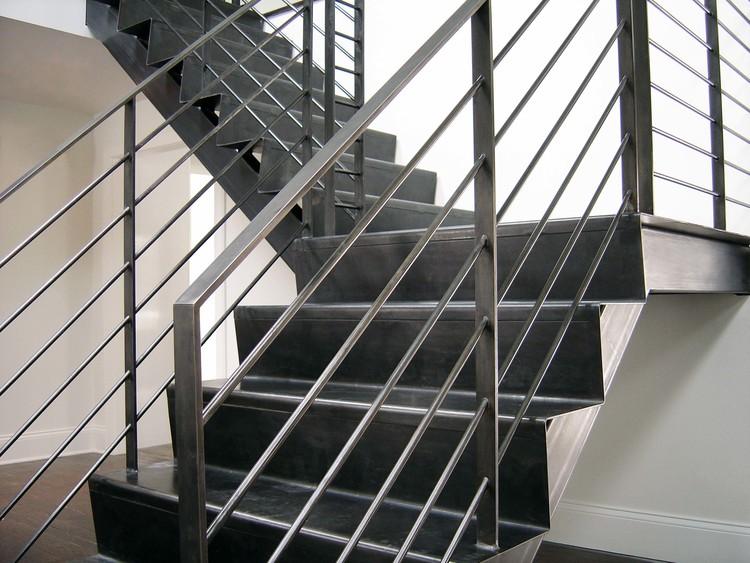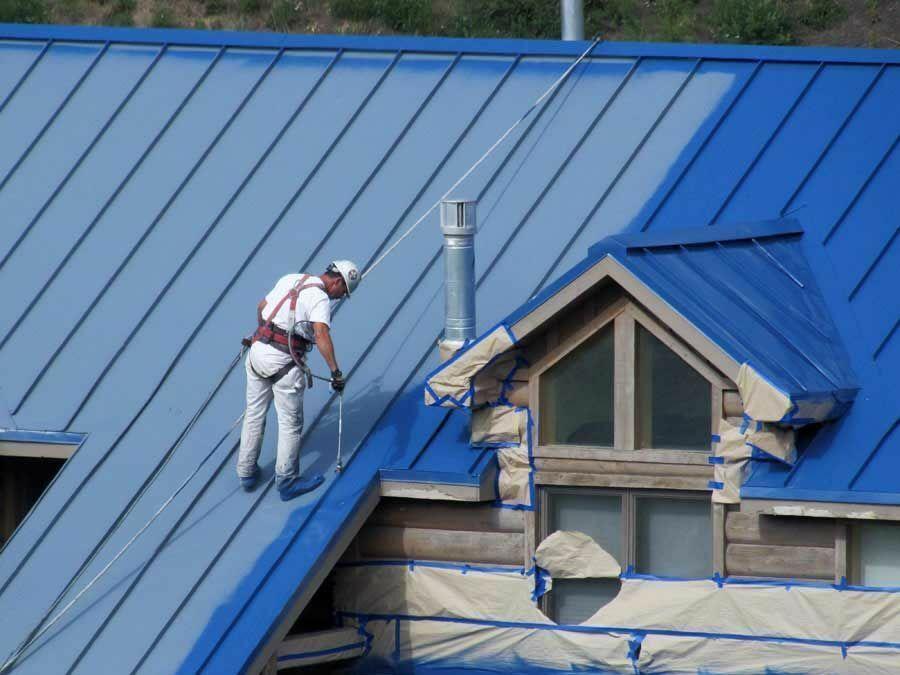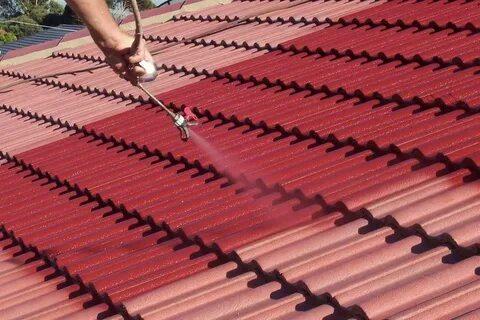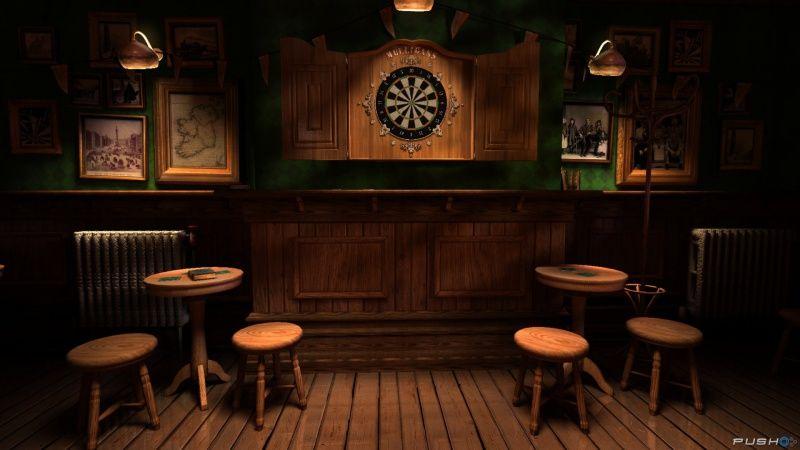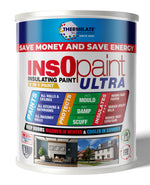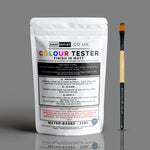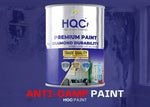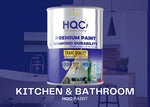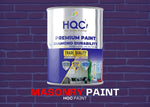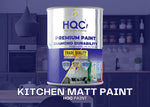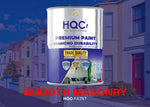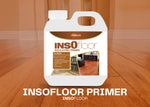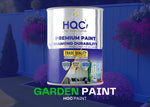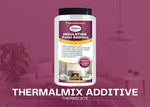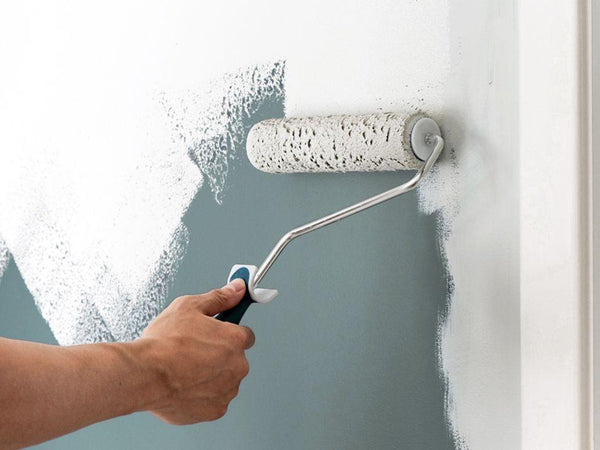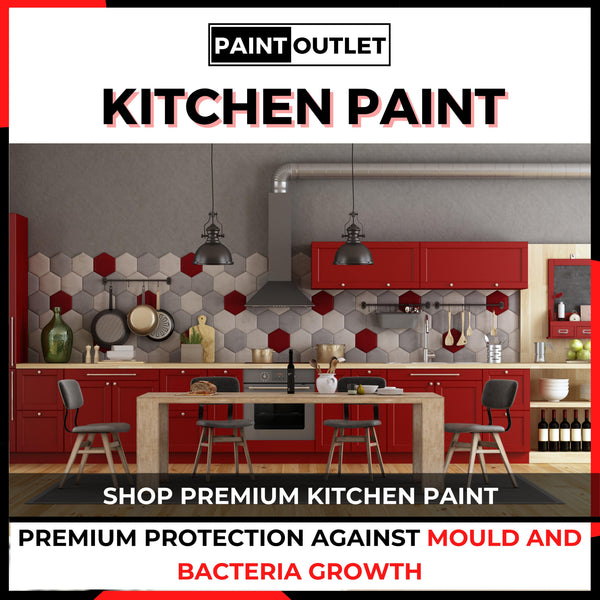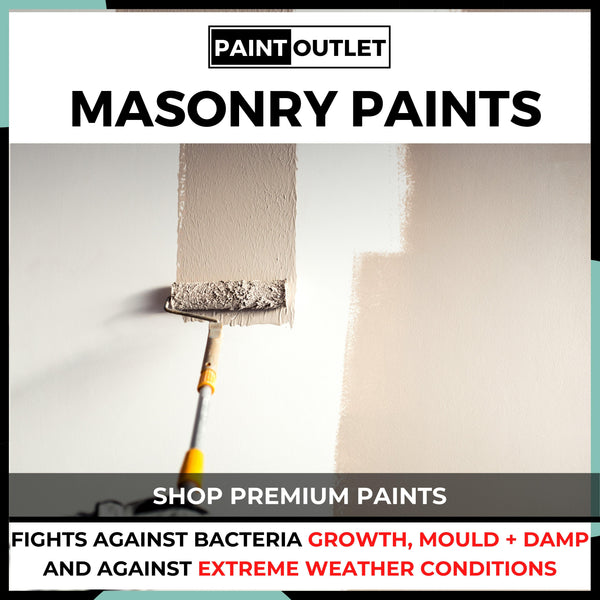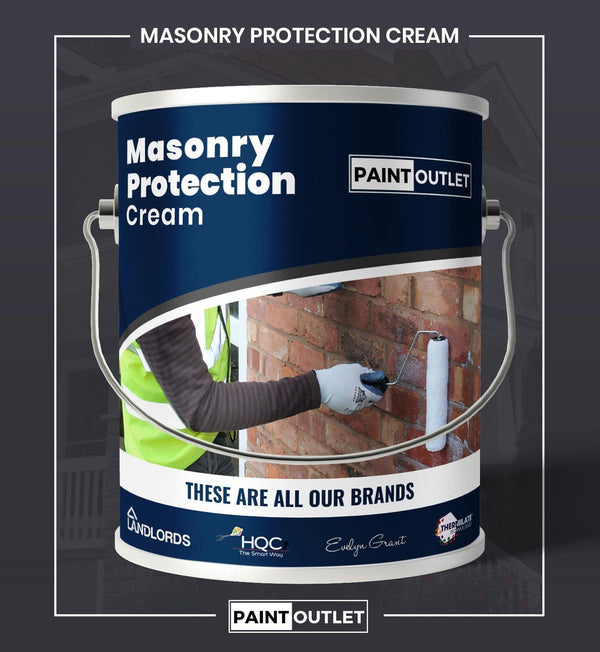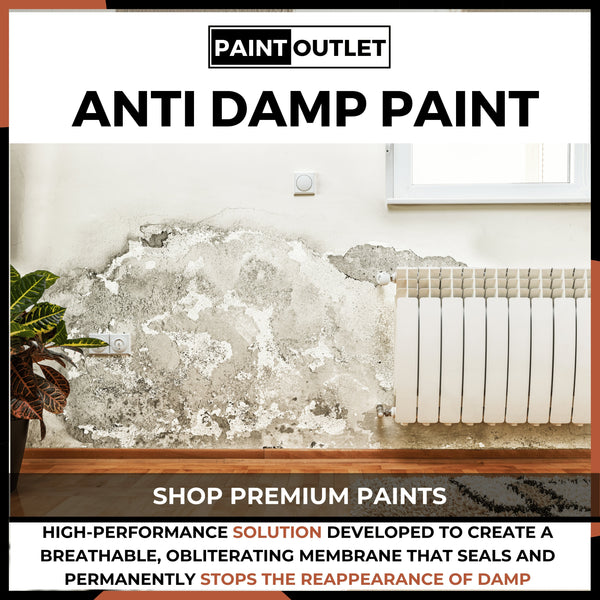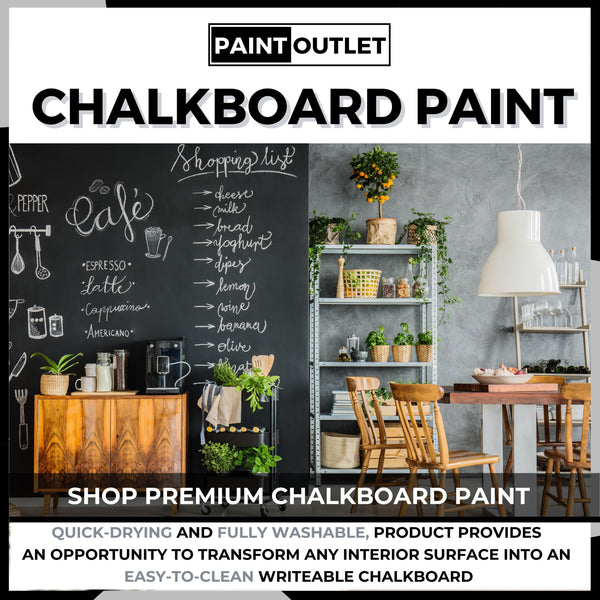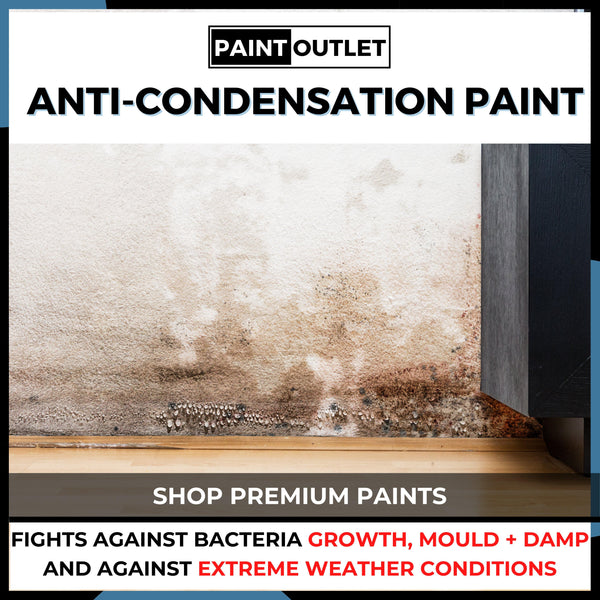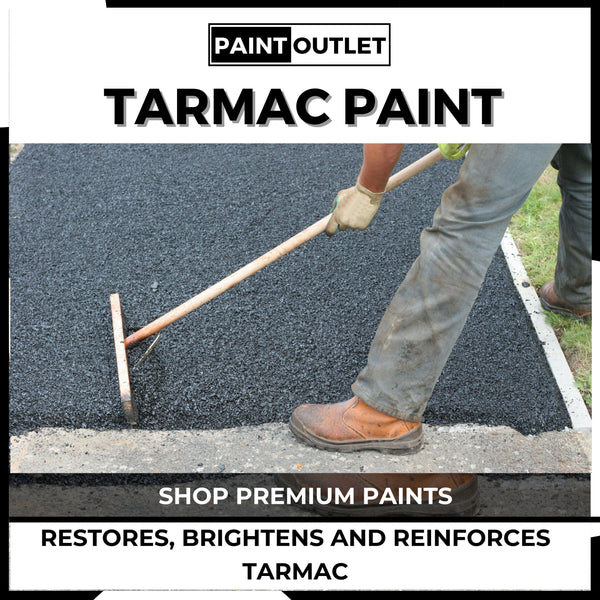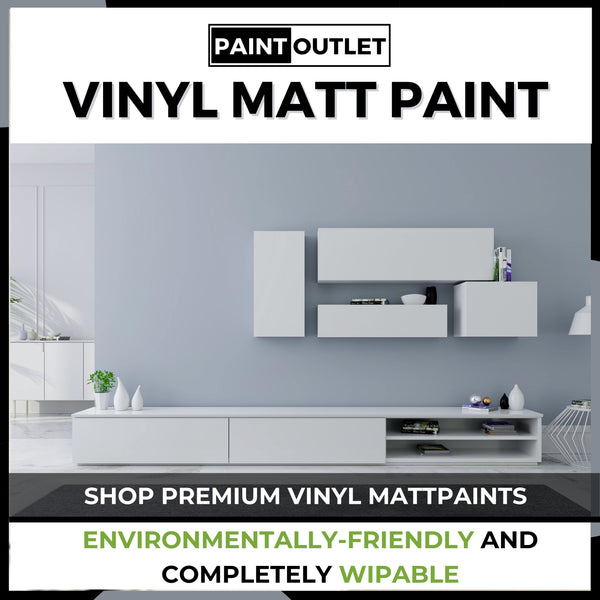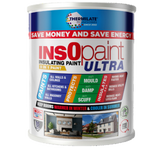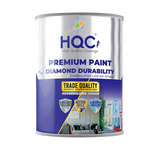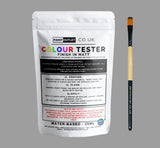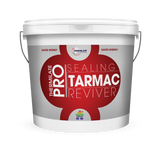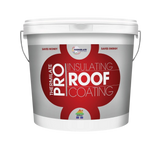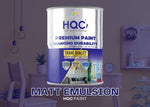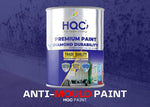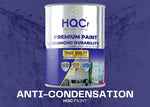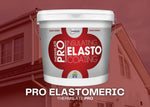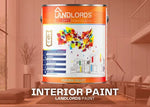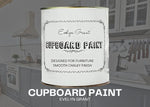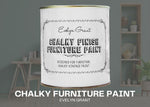Introduction
The kitchen is the heart of the home, and giving it a fresh coat of paint can transform the entire space. However, kitchens require special attention due to high moisture, heat, and frequent use. Surface preparation is the most important step when painting to ensure long-lasting results and prevent peeling or flaking.
In this guide, we’ll walk you through the process of painting your kitchen like a professional, ensuring durable and beautiful results.
Step 1: Gather Your Materials
Before you start, make sure you have the right materials:
- HQC Kitchen & Bathroom Paint or InsOpaint Ultra for moisture and stain-resistant finishes. InsOpaint Ultra also provides insulating benefits, helping to regulate temperature and reduce energy consumption in both warm and cool environments.
- HQC Stabilising Universal Primer for priming porous or previously painted walls.
- Paintbrushes: Ideal for edges, corners, and trim.
- Rollers: For applying paint to larger wall areas.
- Painter’s tape: To protect cabinets, countertops, and appliances.
- Drop cloths: To cover floors and surfaces from paint splashes.
- Sugar soap or degreaser: To clean grease and grime from kitchen walls before painting.
Step 2: Prepare the Kitchen Walls
Kitchens tend to accumulate grease and grime over time, so preparation is critical:
- Clean the Walls: Wash the walls thoroughly with sugar soap or a degreaser to remove any dirt, grease, or residue. Let the walls dry completely.
- Remove Loose Paint: If there is any old or peeling paint, use a scraper to remove it, and sand the surface smooth.
- Repair Cracks or Holes: Fill any cracks or holes with filler and sand them smooth once they dry.
- Tape Off Areas: Use painter’s tape to protect cabinets, countertops, and appliances from paint splatters.
Step 3: Apply Primer
If your kitchen walls are porous or have been painted previously, applying a primer will ensure the paint adheres properly and provides long-lasting coverage.
- Pro Tip: For absorbent surfaces like fresh plaster, bricks, or stone, apply a mist coat by mixing the first coat with 50% water. We recommend using HQC Stabilising Universal Primer for the best results.
Step 4: Start Painting the Kitchen Walls
Now that your walls are prepped and primed, it's time to paint. You can use a brush, roller, or spray, depending on the size and layout of the kitchen.
- Cut In First: Start by painting around the edges, corners, and trim with a brush for precision.
- Roll for Large Areas: For larger wall surfaces, use a roller to apply the paint evenly.
- Apply the First Coat: Apply 1 coat first and assess whether the colour and finish meet your expectations. If necessary, apply a second coat for a thicker, bolder finish.
- Let the Paint Dry: Allow the first coat to dry for 4-6 hours before applying a second coat, if needed.
Step 5: Inspect and Touch Up
After the second coat has dried, inspect the walls for any areas that need touching up. Use a small brush to fix anything or uneven spots.
Step 6: Clean Up
Once the project is complete, take the time to clean up:
- Remove Tape: Remove the painter’s tape while the paint is still slightly wet to avoid peeling off dried paint.
- Clean Your Tools: Clean your brushes, rollers, and trays with warm water for future use.
- Clear the Area: Remove drop cloths and make sure the painted walls are fully dry before using the kitchen.
Recommended Products
For the best results when painting kitchen walls, we recommend using the following products from PaintOutlet.co.uk:
- HQC Kitchen & Bathroom Paint: A durable, moisture-resistant paint designed to handle the humidity of kitchens and bathrooms.
- InsOpaint Ultra: Provides moisture resistance and insulating benefits, helping to regulate temperature and reduce energy usage in both warm and cool environments.
- HQC Stabilising Universal Primer: A strong primer that prepares the surface for long-lasting coverage and protection.
FAQ Section
Q: What is the best paint to use for kitchen walls?
A: We recommend HQC Kitchen & Bathroom Paint or InsOpaint Ultra, both of which are designed to resist moisture, stains, and grease, making them perfect for kitchen environments. InsOpaint Ultra also provides the added benefit of thermal insulation, helping to keep your kitchen warmer in winter and cooler in summer.
Q: How many coats of paint should I apply in the kitchen?
A: Apply at least two coats of paint for even coverage and maximum durability in high-traffic, moisture-prone areas like kitchens.
Q: Should I always prime kitchen walls before painting?
A: Yes, priming is essential for porous or previously painted walls to ensure proper adhesion and long-lasting results.
Conclusion
Painting your kitchen can refresh the space and make it more inviting, but it’s essential to use the right products and follow proper preparation techniques for the best results. By following this guide and using high-quality products from PaintOutlet.co.uk, you’ll ensure a beautiful, long-lasting finish that can withstand the demands of a busy kitchen.
Why shop at PaintOutlet? When you shop with PaintOutlet, you’re saving paint waste, saving money, and saving time. Plus, all of our high-quality paints and primers are made in-house with sustainability in mind, helping to reduce carbon emissions while delivering premium results.

















